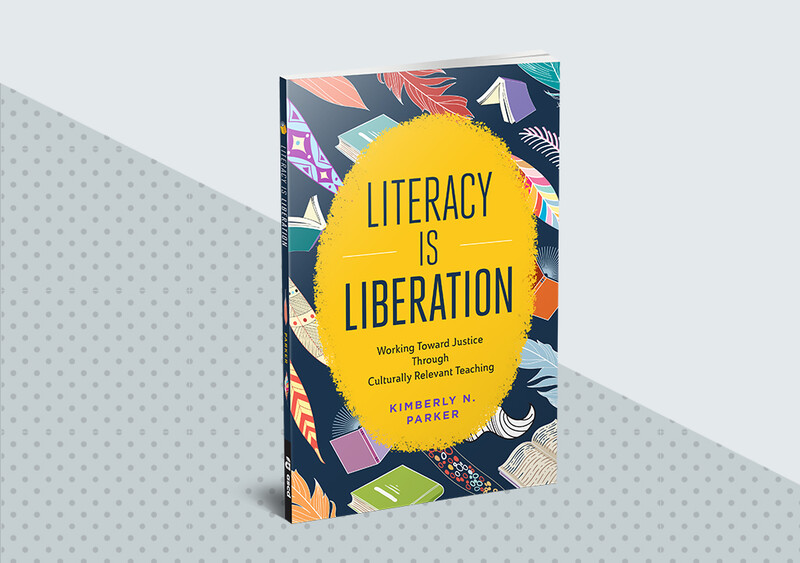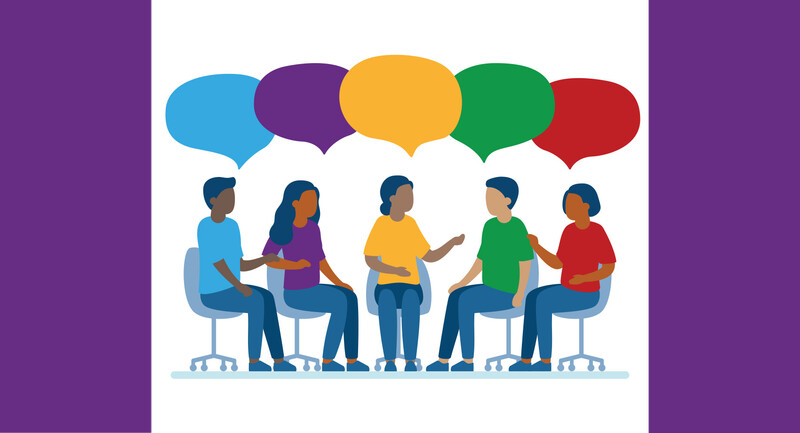When teaching at Cambridge Rindge and Latin in Massachusetts several years ago, I had good luck working with Black and other students of color to support their movement from lower-tracked English language arts classes into advanced and honors or Advanced Placement ones.
Central to my support of them was an explicit desire to recognize their linguistic fluency and why it's an asset, help them develop their own self-advocacy skills, and help them be able to actively participate in classroom discussions. This focus resulted in success: I was able to support these students in their move into upper-track classes. My efforts also revealed the work that school systems must do if we hope to increase BIPOC students' access and success in advanced courses.
Let's discuss.
Black Language as an Asset
We all speak a variety of languages, though some are valued more than others in classrooms. For instance, many of my Black students at this school spoke Black Language (or African American Vernacular English or Ebonics). As is common among both white and BIPOC teachers, many of my colleagues didn't recognize Black Language (BL) as a complex, rule-governed language; they viewed it as a deficit. When students used elements of this language, like the "habitual be" ("he been reading," for example), teachers were quick to correct them. Such corrections made students feel unintelligent and hesitant to join in certain academic discussions. As a result, they were much less willing to speak up in classes.
These Black students were actually expressing their linguistic fluency, a powerful skill that is an asset for discussion. The Conference on College and Composition urges teachers to "acknowledge and celebrate Black students' use of Black Language in all its linguistic and cultural glory." If educators valued the complexities of Black Language and confronted our own limiting and possibly anti-Black linguistic beliefs, we'd see students like those I supported as already having many skills necessary to participate in rigorous, high-level discussions—because they practice those skills every day.
Rules of Engagement: Discussion and Critical Thinking
To develop some students' facility in classroom discussions, especially at the level such interchange occurs in honors and Advanced Placement classes, teachers have to connect each discussion to a clear purpose—one that is engaging and accessible to young people. All students have a wealth of opinions and beliefs. Developing their skills to engage in a range of situations—to listen, agree, and disagree—is building on the talents they already have and teaching them how to transfer those skills to different audiences and purposes.
It took time to help my students learn skills required to participate in high-level discussions. As writer bell hooks asserts, "Students do not become critical thinkers overnight. First, they must learn to embrace the joy and power of thinking itself." It was essential that we as a class spent time surfacing topics that interested various students and generating questions to explore that related to those interests. Through that practice, strengthened by daily low-stakes writing in their notebooks, my students explored ideas of importance to them that became the groundwork for discussion.
As writer bell hooks asserts, 'Students do not become critical thinkers overnight. First, they must learn to embrace the joy and power of thinking itself.'
Students actively developed their critical thinking skills, from creating topics to write or talk about, to thinking about why they held certain opinions, to finding documentation that supported their ideas—or led them to question assumptions. They read inclusive texts, some (like The Autobiography of Malcolm X) together as a class, and others, of their own choice, independently. Writing their thoughts helped lessen the social anxiety of speaking in public because students could refer to what they'd written.
Partner and small-group work let young people practice and gain confidence in their discussion skills and helped them transition to whole-group discussions and seminars. I've found They Say, I Say: The Moves that Matter in Academic Writing by Gerald Graff and Cathy Birkenstein (Norton, 2021) to be a useful scaffold to help students develop writing and speaking confidence, too.
Drawing on the ways they already discussed things—often in spaces external to school—my students and I collaboratively generated new ideas for what made a productive literary discussion. We found we had to talk about what to do if you disagree with someone's statement. Many students had been socialized into "agreement" in school; they thought it important to please their teacher, so didn't raise their hands to offer a counterargument.
While helping students gain skills for good discussion, I made sure our classroom was a safe space to express ideas.
While helping students gain skills for good discussion (like generating questions, stating your ideas, and listening and responding to others), I made sure our classroom was a safe space to express ideas, particularly for students who had been devalued or silenced through much of their schooling. Since these students had been in lower-track courses, they'd had more direct instruction and fewer chances in school to develop and practice complex discussion skills, especially ones that centered their own ideas and invited more abstract thought. Some Black and other students of color have endured microaggressions with regard to their ideas or their language and are hesitant to speak up at all. Learning for Justice's Let's Talk guide is helpful, I've found, in creating an inclusive environment.
By the end of our time together, my students had developed a range of skills that helped them understand how to participate in a vibrant classroom discussion—and the importance of their experiences as contributions to a more inclusive conversation.
Getting All Voices into Good Discussions
If we center the comfort of students who are often excluded from higher-level discussions and determine what they need to participate effectively, we'll strengthen all students' critical thinking skills—and have more inclusive discussions. Ultimately, we want all our students to participate in rich, generative discussions that let them grow and change. But that won't happen if we exclude whole groups of students based on preconceptions of their potential. Black students and others often marginalized need to be in classrooms where robust discussions occur. Through building on students' strengths, examining our own harmful beliefs that deny them entry, and systematically working to provide access for all students, we can center Black and other students' thoughts, opinions, and voices in all school spaces.
Literacy Is Liberation
When teachers put culturally relevant pedagogies into action, the literacy classroom can become a space for learners to explore diverse texts, collaboratively dismantle inequities, and let their spoken and written voices be heard.










